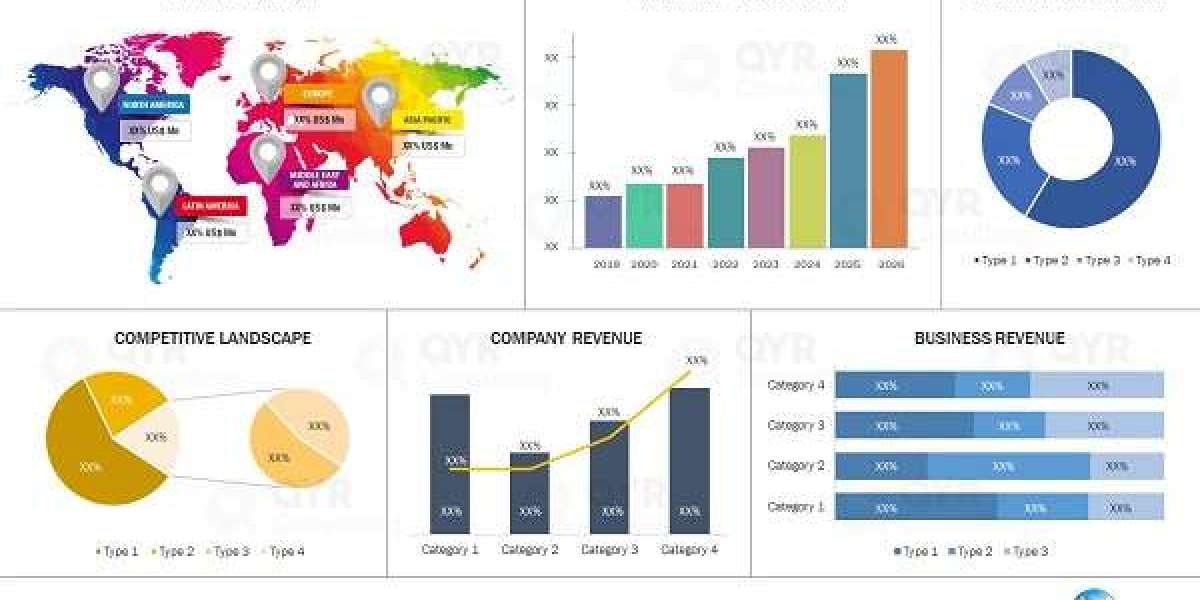Introduction
Embroidery enthusiasts and professionals alike often encounter the challenge of working with different machine file formats. If you've ever downloaded a beautiful design only to discover it's in HUS format (for Husqvarna Viking machines) but you own a Brother, Janome, or other brand, a HUS file converter becomes your new best friend.
This comprehensive guide will walk you through everything you need to know about converting HUS files for your embroidery projects - from understanding why conversion matters to step-by-step instructions using various conversion methods.
Understanding HUS Files
What is a HUS File?
HUS is the proprietary embroidery format used by:
- Husqvarna Viking sewing machines
- Some Pfaff embroidery models
- Certain other high-end home embroidery systems
These files contain:
- Stitch-by-stitch instructions
- Thread color information
- Machine-specific commands
Why Convert HUS Files?
You'll need conversion when:
- Your machine uses a different format (PES, DST, JEF, etc.)
- You want to edit the design in software
- You're sharing designs with others using different machines
Conversion Method 1: Dedicated Conversion Software
Recommended Programs
1. Wilcom TrueSizer
- Free version available
- Handles multiple format conversions
- Maintains stitch quality
2. EmbroideryWare Converter
- Affordable paid option
- Batch conversion capability
- Color preservation features
3. BuzzTools Stitch Editor
- Advanced editing capabilities
- Precise stitch control
- Supports rare formats
Step-by-Step Conversion
- Install your chosen software
- Open the HUS file (File > Open)
- Select output format (PES, DST, etc.)
- Adjust settings if needed (size, colors)
- Save the converted file (File > Save As)
Pro Tip: Always check the "Preserve original stitch data" option when available to maintain quality.
Conversion Method 2: Online Converters
1. MyEditor Online
- Free basic conversions
- Simple interface
- Instant downloads
2. StitchBuddy Web
- Premium service
- Advanced preview options
- Cloud storage
3. Embrilliance Express
- No software install
- Handles complex designs
- Mobile-friendly
How to Convert Online
- Upload your HUS file to the converter site
- Select your target format
- Adjust any parameters (size, stitch count)
- Download the converted file
Important: For copyrighted designs, ensure the service doesn't retain your files.
Conversion Method 3: Using Embroidery Software
Full-Featured Programs That Convert HUS
1. Hatch Embroidery
- Direct HUS import
- Advanced editing tools
- Multi-format export
2. Embrilliance
- User-friendly interface
- Stitch simulator
- Mac and PC versions
3. SewWhat-Pro
- Affordable alternative
- Good for basic conversions
- Lightweight program
Conversion Process
- Import the HUS file
- Edit if desired (resize, recolor)
- Export to your needed format
- Verify the converted design
Troubleshooting Common Conversion Issues
Problem: Design Distortion
Solutions:
- Check original HUS file integrity
- Try different conversion software
- Adjust pull compensation settings
Problem: Color Changes
Solutions:
- Verify thread palette before converting
- Use software that preserves color info
- Manually reset colors post-conversion
Problem: Missing Stitches
Solutions:
- Increase conversion quality settings
- Try stitch recalculation option
- Convert to DST instead of PES
Advanced Conversion Tips
Maintaining Quality
- Avoid multiple conversions (convert directly from HUS)
- Check stitch density post-conversion
- Verify underlay stitches were preserved
Batch Processing
For large collections:
- Use software with batch conversion
- Create preset conversion profiles
- Save to organized folders
Editing Before Conversion
Consider:
- Removing unnecessary color changes
- Simplifying complex elements
- Adding stabilization stitches
Choosing the Right Output Format
Format Comparison
Format | Best For | Notes |
PES | Brother machines | Most common home format |
DST | Commercial machines | Industry standard |
JEF | Janome machines | Good stitch integrity |
EXP | Melco machines | Commercial quality |
XXX | Singer machines | Basic home use |
Legal and Ethical Considerations
Copyright Awareness
- Only convert designs you own or have permission for
- Respect designer terms of use
- Avoid sharing converted copyrighted files
Quality Preservation
- Inform original designer if converting their work
- Credit designers when appropriate
- Maintain design integrity during conversion
Alternative Solutions
If Conversion Fails
- Find native format versions of the design
- Contact the designer for alternate formats
- Redigitize from the original artwork
The Future of File Conversion
Emerging technologies may soon offer:
- Automatic cloud-based conversion
- Machine learning quality improvement
- Universal embroidery file standards
Conclusion
Mastering HUS file conversion opens up a world of embroidery possibilities, letting you use designs across different machines and software. Whether you choose dedicated software, online tools, or full embroidery programs, the key is finding a method that preserves design quality while meeting your specific needs.
Remember that while conversion solves format issues, starting with high-quality HUS files and using careful conversion practices will always yield the best stitched results. With the knowledge from this guide, you're now equipped to handle any HUS conversion challenge that comes your way.
Frequently Asked Questions
Q: Is there any quality loss when converting HUS files?
A: Minimal if using quality software, but some tweaking may be needed for perfect results.
Q: Can I convert HUS to PES for my Brother machine?
A: Yes, this is one of the most common conversions using the methods described.
Q: Are free converters safe to use?
A: Reputable free options like Wilcom TrueSizer are safe, but be cautious with unknown sites.
Q: Why does my converted file have different colors?
A: Different machines use different color numbering systems - you may need to manually reset colors.
Q: Can I convert HUS files on my phone?
A: Limited options exist, but computer-based software gives better results for now.



